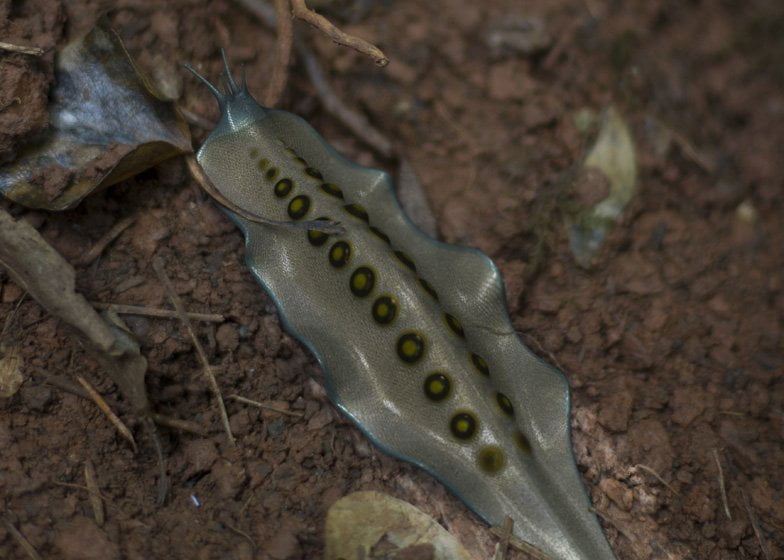Here’s one for the bridge fans among you. It’s Gjøde & Povlsgaard Arkitekter’s Infinite Bridge in Aarhus (in the middle of Aarstreet), Denmark.
From above, it’s rather London Eye, isn’t it?
…but flat.
Say archdaily.com:
The Infinite Bridge has a diameter of 60 meters and is positioned half on the beach and half in the sea. It consists of 60 identical wooden elements placed on steel pillars housed about two meters into the sea floor. The deck of the bridge rises between one and two meters above the water surface depending on the tide. The curvature of the bridge follows the contours of the landscape as it sits at the mouth of a small river valley extending into the forest from the beach.
No fence. But Danish people are known for their sense of balance and are generally great swimmers, so it’s all ok.
Described by its designers as an opportunity to “experience the changing landscape as an endless panoramic composition and at the same time enter a space of social interaction with other people experiencing the same panorama” (i.e. there are views and crowds) (c.f. iterum London Eye).
It’s a very pretty thing, as you can see on the gallery at the link above, but while it is a bridge in that is is:
a structure carrying a road, path, railway, etc. across a river, road, or other obstacle.
it’s not exactly very functional, is it? And yes, I know it’s not meant to be functional – I do recognise that it’s sculpture, it’s “a true art piece”, but while you’re admiring the images of it – check out its little companion at the bottom of that pic above.
 It’s basically a plank over a stream – an ugly, disappointing, almost pitiful effort against that sweeping, circular path of beauty next door. But look at how good it is at effectively carrying people from one side of the stream to the other. See how they can continue their onward journey. Note how they are physically able to access another place by using it.
It’s basically a plank over a stream – an ugly, disappointing, almost pitiful effort against that sweeping, circular path of beauty next door. But look at how good it is at effectively carrying people from one side of the stream to the other. See how they can continue their onward journey. Note how they are physically able to access another place by using it.
So sure, the infinite bridge is the big, headline-grabbing principal player in this story and I’m sure it’s a wonderful addition to Aarhus’ landscape, but maybe there’s a lesson here to never forget the ordinary, hard-working backroom team that allow the star to shine.






